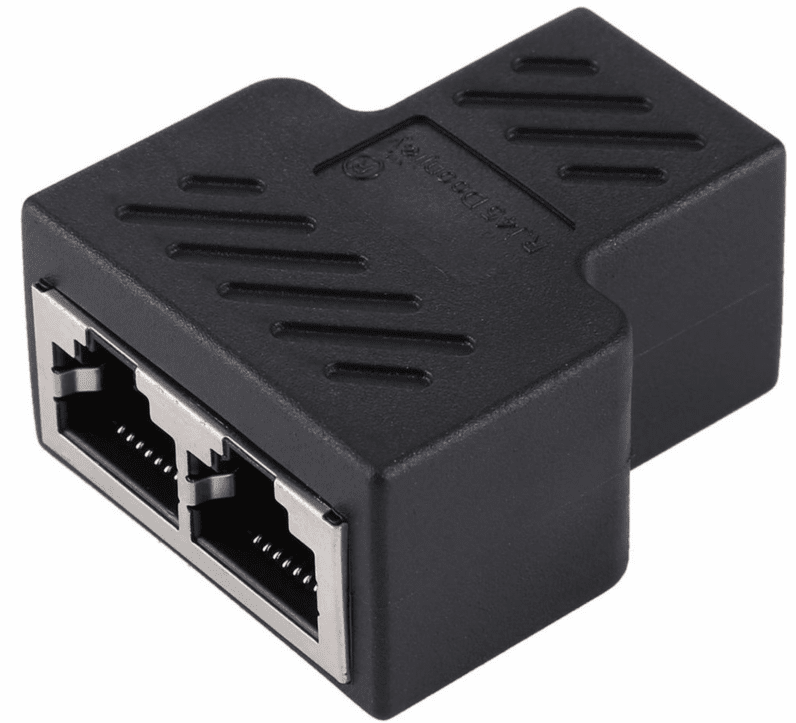Ever look at the back of your router and ask yourself “WHY!?!?” There are only four ethernet ports there. Four. How can anyone live and thrive with such a measly amount of wired network connections? Well, friend, this article is for you and anyone else who has run out of ethernet ports on their router.
The solution to this is surprisingly simple: you need a network switch.
Without getting bogged down in too much detail, a network switch is a box that you connect to your router. On that box are a range of ethernet ports. And you can plug more things into those ethernet ports. It looks like this:
And it’s utter magic.
The other week I ran out of ethernet ports and had a couple of days where I was seriously scratching my head at what to do. There’s a range of equipment in my household (NAS drive, Apple TV, Bluesound audio streaming gear, Xbox Series X, and so on) that requires to be plugged into the router for optimum performance — and I had no desire to connect wirelessly.
But it’s an issue no longer — and it’s all down to the network switch.
[READ: How to use AI to better serve your customers]
Out of ethernet ports? Then a network switch is your best friend
An important note here: make sure you get a network switch and not a network splitter.

A network splitter (also known as an ethernet splitter) doesn’t actually allow you to increase the number of wired connections you can make on your router. A network switch does.
All you need to do is plug the network switch into your router and connect more devices to that. Suddenly, you have access to a whole load more wired connections in your home or office. It’s that simple.
The two types of network switches
Okay, so you’re out of ethernet ports and you want a switch. Thing is, you keep seeing mentions of “managed” and “unmanaged” network switches. Which one do you choose?
Long story short, a managed switch allows you to change settings, such as QoS, traffic levels, channel prioritization. An unmanaged switch doesn’t.
After some consideration, I selected a managed switch. Both types allow you to plug-and-play (I literally just connected mine and everything worked perfectly), but I found the idea of paying a bit more just in case I needed more customization options in the future too alluring to pass up.
The other decision you need to make is how many extra ethernet ports you want your network switch to have. I went for eight — because you never know what’s going to crop up in the future. I’d suggest you do the same.
So… you want a managed network switch with eight ethernet ports. That much is clear. But which one?
Well, there are a range of reputable companies making network switches. I got mine from Netgear (the model is the GS308E) and I’m incredibly happy with it, but I would assume most major manufacturers of networking gear would make solid switches for the home.
Anyway, run out of ethernet ports on your router? Then get a network switch, friend.
Did you know we have a newsletter all about consumer tech? It’s called Plugged In –
and you can subscribe to it right here.
Published March 29, 2021 — 09:23 UTC
This article is auto-generated by Algorithm Source: thenextweb.com


